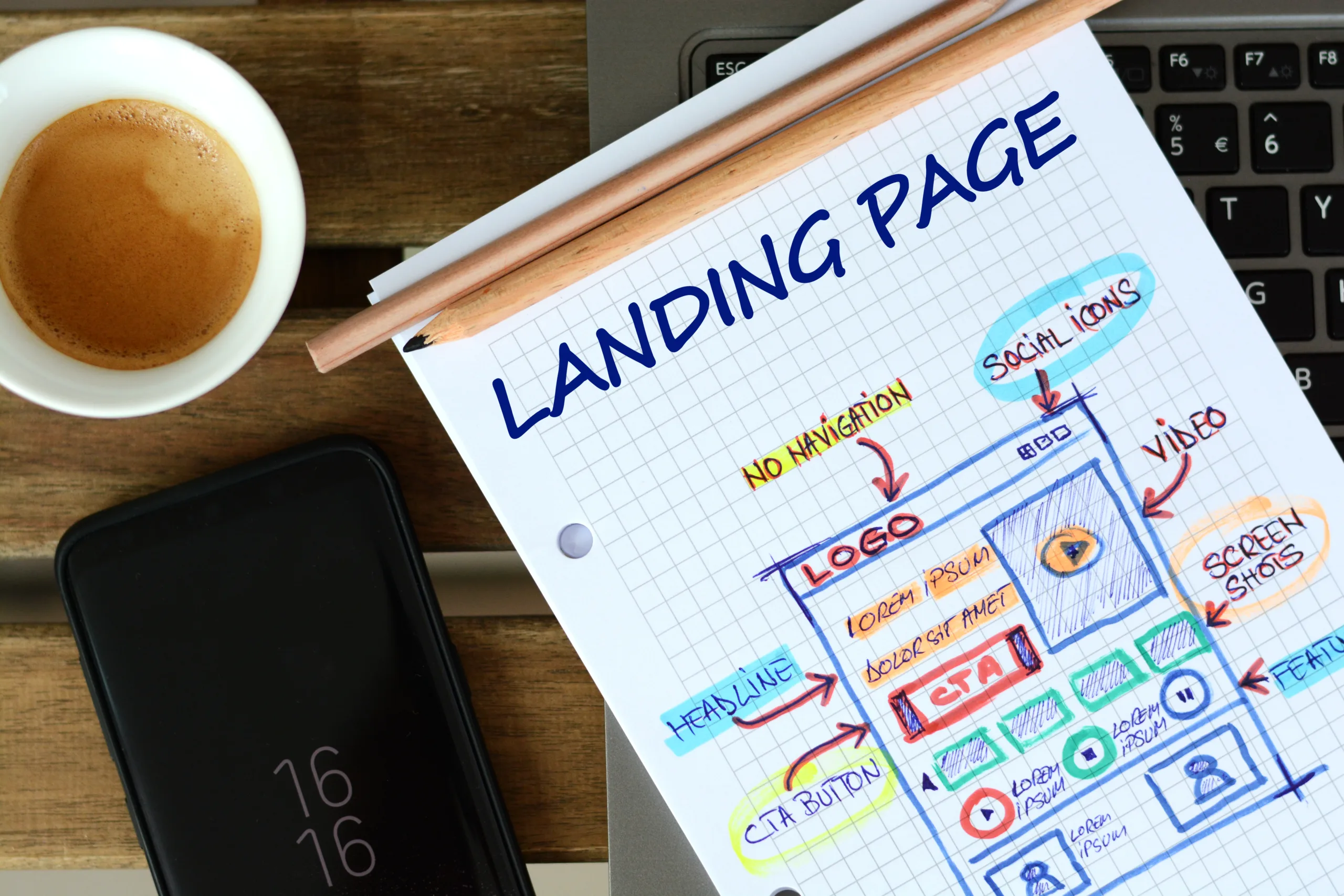Nowadays, the world is dominated by mobile phones, and online shops have to adapt to these new devices and uses. Here are some key points to take into account when preparing the mobile version of your online store.
Platform Usability
It’s sounds pretty basic but your webshop should be accessible on a myriad phones and tablets models. Tests must be conducted to avoid any device issue. For example, Android and iOS are different platforms with different features: iOS doesn’t have a “back” navigation button whereas Android does. It would be very frustrating for your audience to navigate on your your online store if it is not adapted to their device, and you’d experience a very high bounce rate.
Easy Navigation
One of the most common issues is poor navigation. Website visitors may have difficulties to find what they are searching for (products, services, information), and your goal is to make it very easy to find and purchase. Organize information so that it requires a minimum number of steps to reach the visitor’s objective. Navigation should be very intuitive, direct and with as few barriers as possible. In this sense, websites should be minimalist and remove unnecessary elements that encumber navigation on mobile device. If navigation on your site isn’t clear and takes too much time or effort to find what a visitor is searching for, you’ll probably lose them.
User-friendly tap-targets
Mistaken taps often happen to mobile users because of small touch controls. When designing your online shop, remember to add targets big enough so they’re easy for users to tap. Apple’s iPhone Human Interface Guidelines suggest a minimum target size of 44 x 44 pixels when Windows Phone UI Design and Interaction Guide suggests a touch target size of 9mm x 34px. Don’t forget to ensure that there is space enough between these targets. This way, you will minimize tap mistake risks for your visitors. Even if your targets are efficiently designed, mistakes can occur, and you should always offer your visitors a way to get back to the previous step/page.
Publish relevant content
Mobile screens offer less space than a desktop screen, so it is tempting to reduce your site content for mobile devices. But keep in mind that your visitors still need primary information about your products to complete their purchase. Reducing content may drive a decrease in conversion rate. Display only essential primary information. Secondary content should be available through a menu. To further reduce reading, you can use menu icons instead of text where possible.
Publish legible text
Readability is key to mobile online retail efficiency. You must find the right balance between legibility and space conservation. You should choose a font that works well in multiple sizes. A safe bet is to use the standard platforms font (iOS and Android). Then, choose the correct size so that your visitors can read without zooming and sufficient contrast between text and background to ensure that reading comfortable. A good rule of thumb is that text smaller than 16 pixels (or 11 points) becomes challenging to read on any screen. Also, adding space between text eases the reading for visitors and creates a feeling that there isn’t so much text to take in.
Minimize the need for typing
Typing is annoying on small devices: it generates spelling mistakes and increases the risk of losing visitors if your online shop is not optimized. To avoid problems, minimize the number of fields to be completed (in fact, this is actually a requirement under GDPR regulation) and make it as simple as possible. For example, display numeric keypad when a phone number field is active, or activate autocomplete, recent search history, etc.. Ensure that your visitors can store their data (for example billing and shipping addresses) so that they don’t have to type them again for their next visit/purchase. Also, give them a quick and easy access to modify their stored account data.
Page load speed
This is a crucial element for both desktop and mobile devices, not only for SEO optimisation but also for your visitors’ overall experience. Mobile device users are extremely impatient when waiting for a page to download. An online retail shop that takes too long to appear on screen will surely be abandoned before the site has the opportunity to showcase its products to the user. Google released its Speed Scorecard page where you can test your website loading speed and determine its impact on your conversion rate and revenue.
Seamless experience
Don’t consider the mobile version of your website shop as a stand-alone experience. A typical visitor will use several devices such as a laptop, smartphone, and tablet and expects to have a seamless experience across all those devices when exploring your site. For example, when visitors browse products in your webshop on mobile they may want to switch to the desktop version to complete a purchase. They expect to pick up and continue the buying process from where they stopped on mobile.
Location Services
Asking your visitors for their location may be interesting for your online retail shop if you have an multi-channel strategy and offer products in a variety of physical locations. If you present it the right way, your visitors will feel like they are the ones winning with this location-based service as they will be able to see your product or benefit from local-specific promotions.
Keep testing
Stop guessing and start testing! The most important thing you can do is to test your Webshop mobile usability (and conversion) using A/B testing platforms. They would allow you to test two or more variations of a design or layout. For instance, you can test whether a red or a yellow “buy now” button drives more conversions. Improving usability requires constant testing and optimisation.
Need a digital audit for your mobile Webshop or any expertise on a specific UX subject? Please get in touch with us. We would be very pleased to help your business.
More posts about: Increase brand awareness







